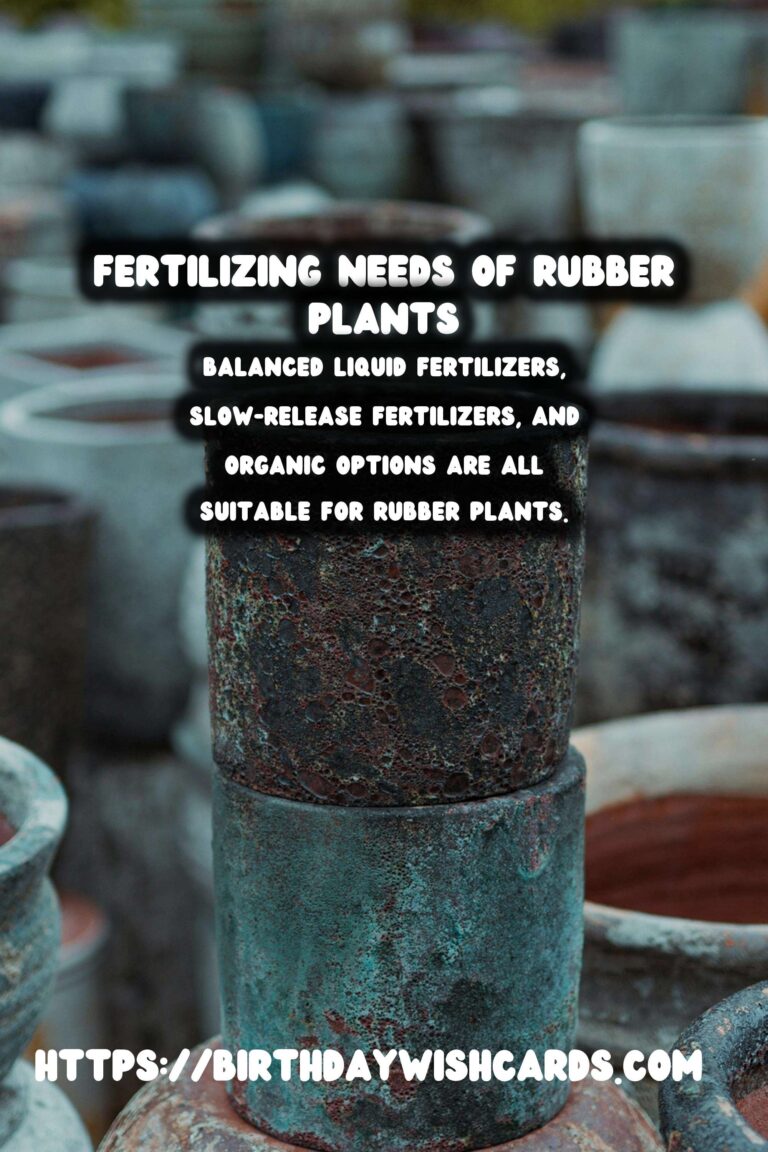
Rubber plants, scientifically known as Ficus elastica, are popular houseplants due to their attractive glossy leaves and relatively easy care requirements. However, to maintain their lush appearance and encourage healthy growth, it is essential to understand their fertilizing needs. In this article, we will delve into the best practices for fertilizing rubber plants, including the types of fertilizers to use, the best times to fertilize, and how to avoid common mistakes.
Why Fertilize Rubber Plants?
Fertilizing rubber plants is crucial for several reasons. Firstly, it provides essential nutrients that may be lacking in the soil, especially when grown indoors. Fertilizers help in supporting robust growth, vibrant leaf color, and overall plant health. Moreover, regular fertilization prevents nutrient deficiencies that could lead to various plant problems, such as stunted growth and yellowing leaves.
Types of Fertilizers for Rubber Plants
When it comes to selecting fertilizers for rubber plants, there are a few options to consider:
1. Balanced Liquid Fertilizers
Balanced liquid fertilizers with an equal ratio of nitrogen, phosphorus, and potassium (NPK) are a great choice for rubber plants. They provide a well-rounded nutrient supply and are easy to apply during regular watering sessions.
2. Slow-Release Fertilizers
Slow-release fertilizers are another excellent option, particularly if you prefer less frequent applications. These fertilizers gradually release nutrients over time, ensuring a steady supply to the plant.
3. Organic Fertilizers
For those interested in organic gardening, organic fertilizers such as compost tea, fish emulsion, or worm castings can be used. They provide essential nutrients while improving soil health and structure.
When to Fertilize Rubber Plants
Timing is crucial when it comes to fertilizing rubber plants. The active growing season for these plants typically spans from spring to early fall. During this time, rubber plants benefit the most from regular fertilization, approximately every 4 to 6 weeks. In contrast, during the dormant winter months, fertilization should be reduced or halted entirely, as the plant’s growth slows significantly.
How to Fertilize Rubber Plants
Proper fertilization involves both the correct application rate and method. Here are some tips to ensure effective fertilization:
- Always follow the manufacturer’s instructions regarding the dilution and application rates.
- Water the plant thoroughly before applying fertilizer to prevent root burn.
- Apply liquid fertilizers directly to the soil around the plant base, avoiding contact with the leaves.
- For slow-release fertilizers, evenly distribute the granules on the soil surface and water lightly afterward.
Common Fertilizing Mistakes to Avoid
Over-fertilization is a common mistake that can harm rubber plants. Signs of over-fertilization include brown leaf tips, wilting, and salt buildup on the soil surface. To avoid these issues, always adhere to recommended application rates and ensure proper watering.
Another mistake is fertilizing during the dormant period. Since the plant’s nutrient uptake is minimal during winter, fertilizing can lead to nutrient buildup and damage.
Conclusion
Fertilizing rubber plants is a key aspect of their care that should not be overlooked. By understanding the types of fertilizers available, the best times to apply them, and how to avoid common pitfalls, you can ensure your rubber plant remains healthy and vibrant. With these tips, you can enjoy the beauty of your rubber plant for years to come.
Fertilizing rubber plants is crucial for providing essential nutrients and supporting robust growth. Balanced liquid fertilizers, slow-release fertilizers, and organic options are all suitable for rubber plants. The best time to fertilize rubber plants is during the active growing season, from spring to early fall. Proper fertilization involves correct application rates and methods to avoid over-fertilization. Avoid fertilizing rubber plants during the dormant winter months. 
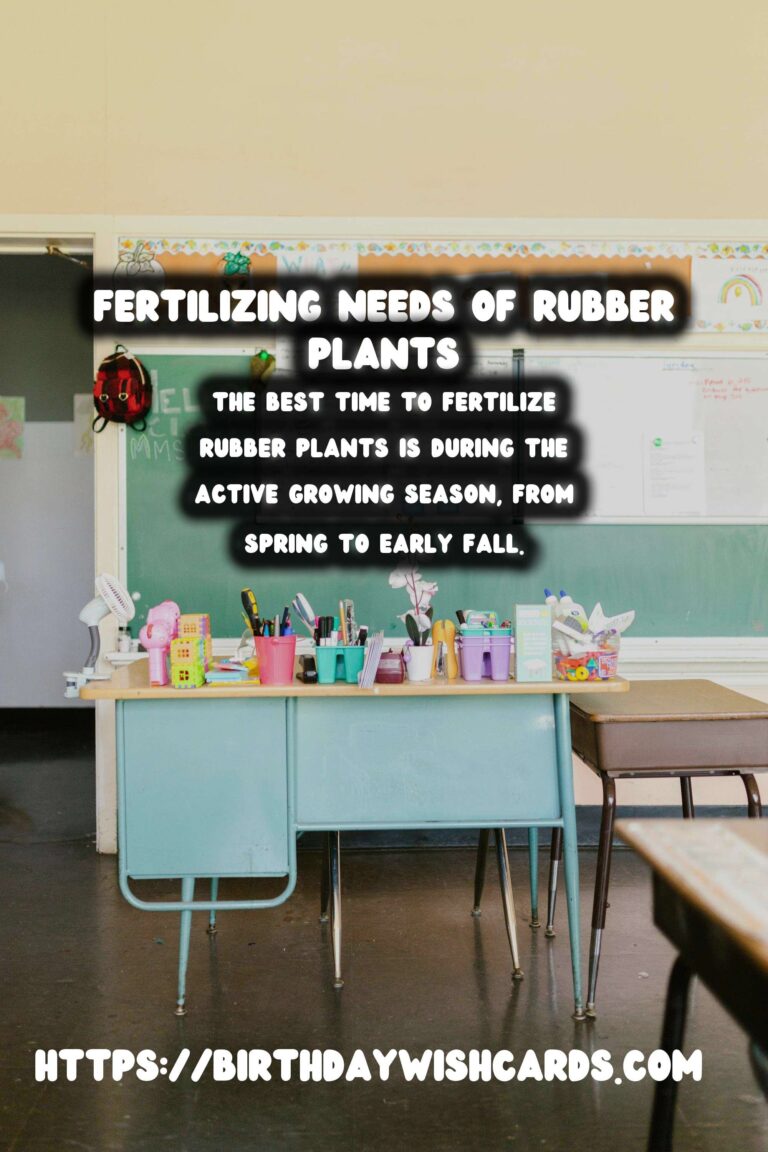
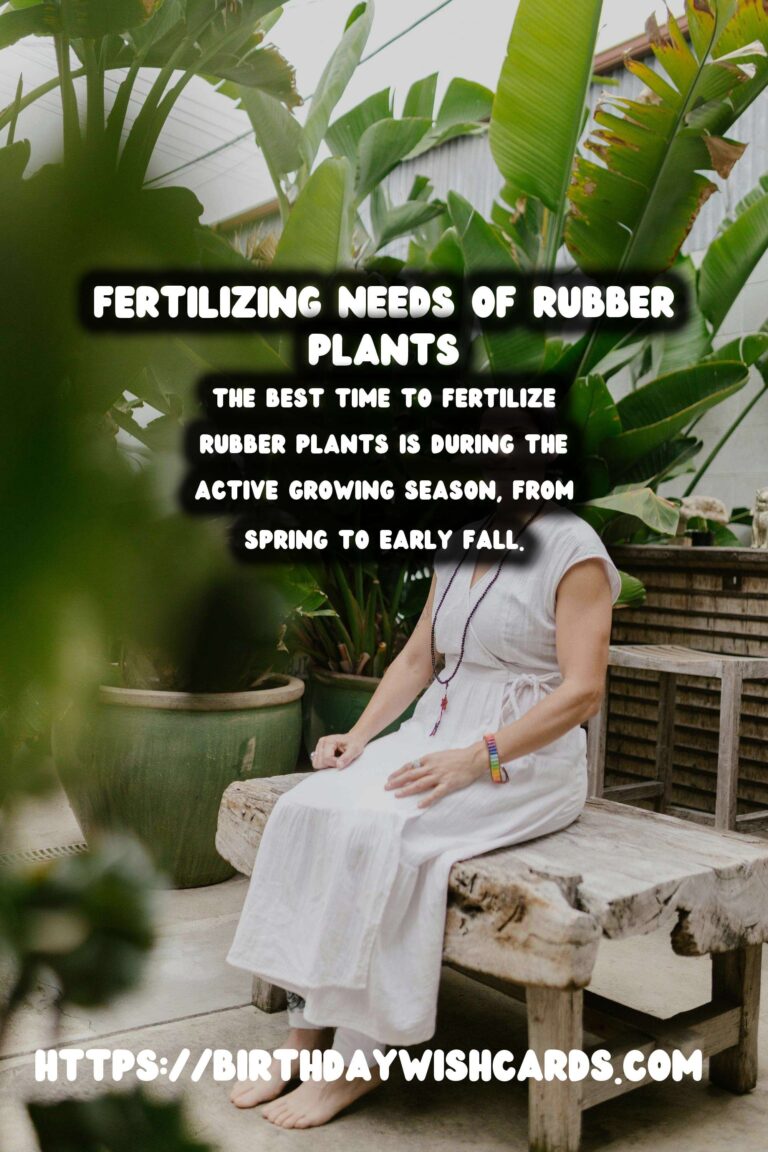
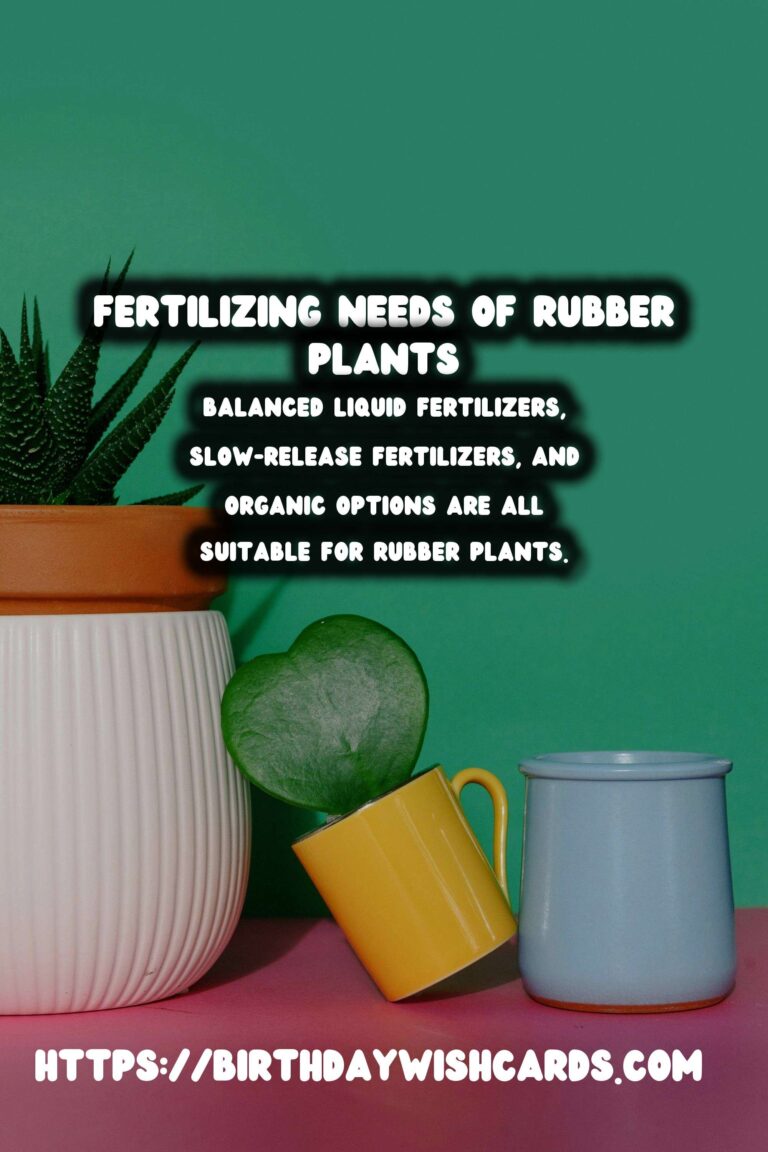
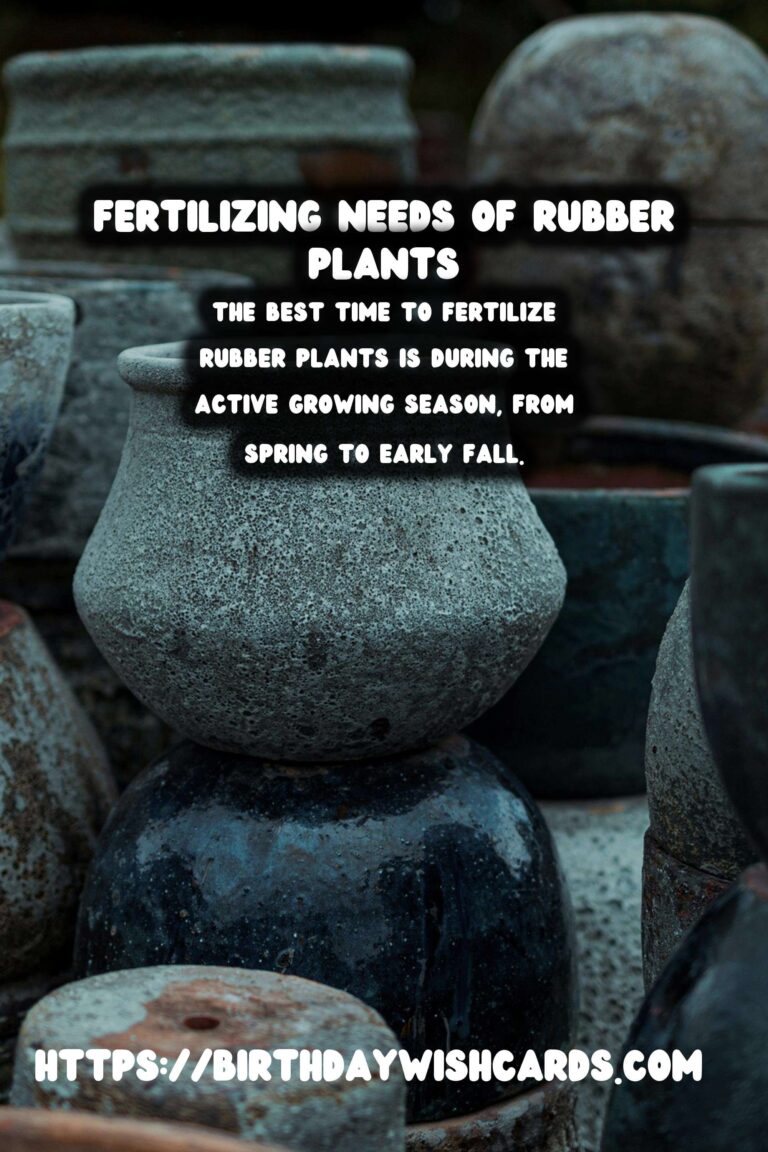
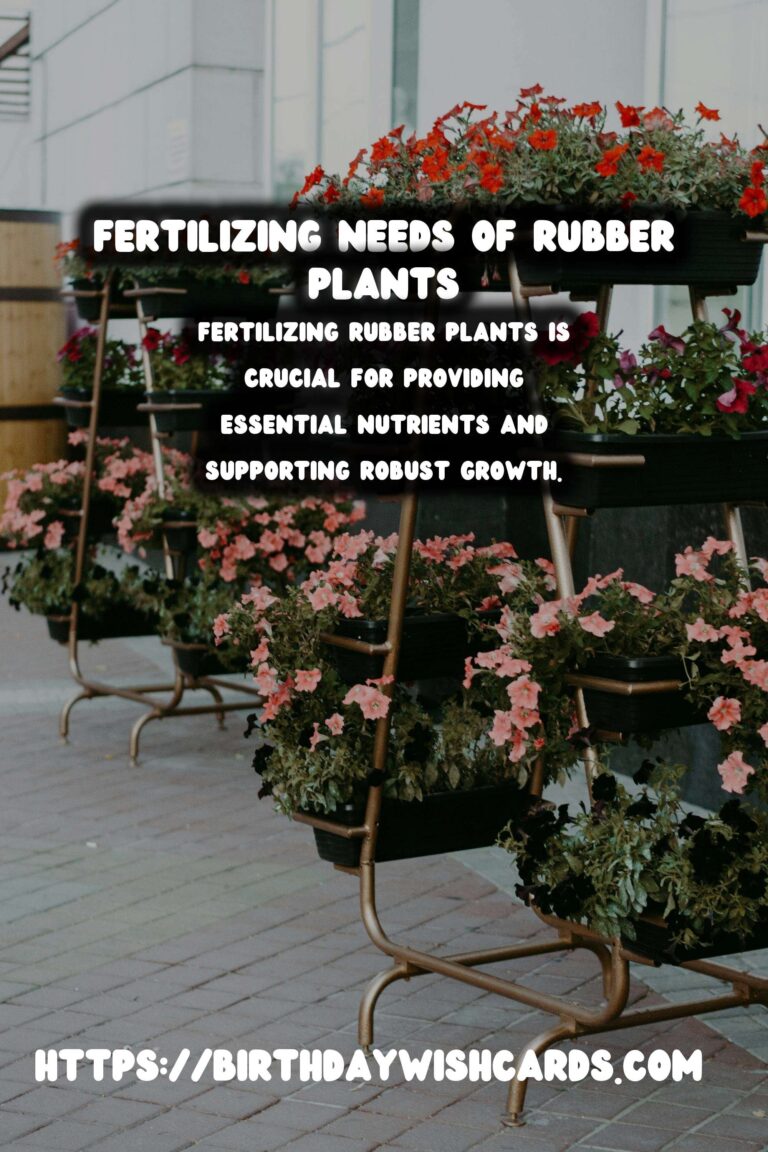
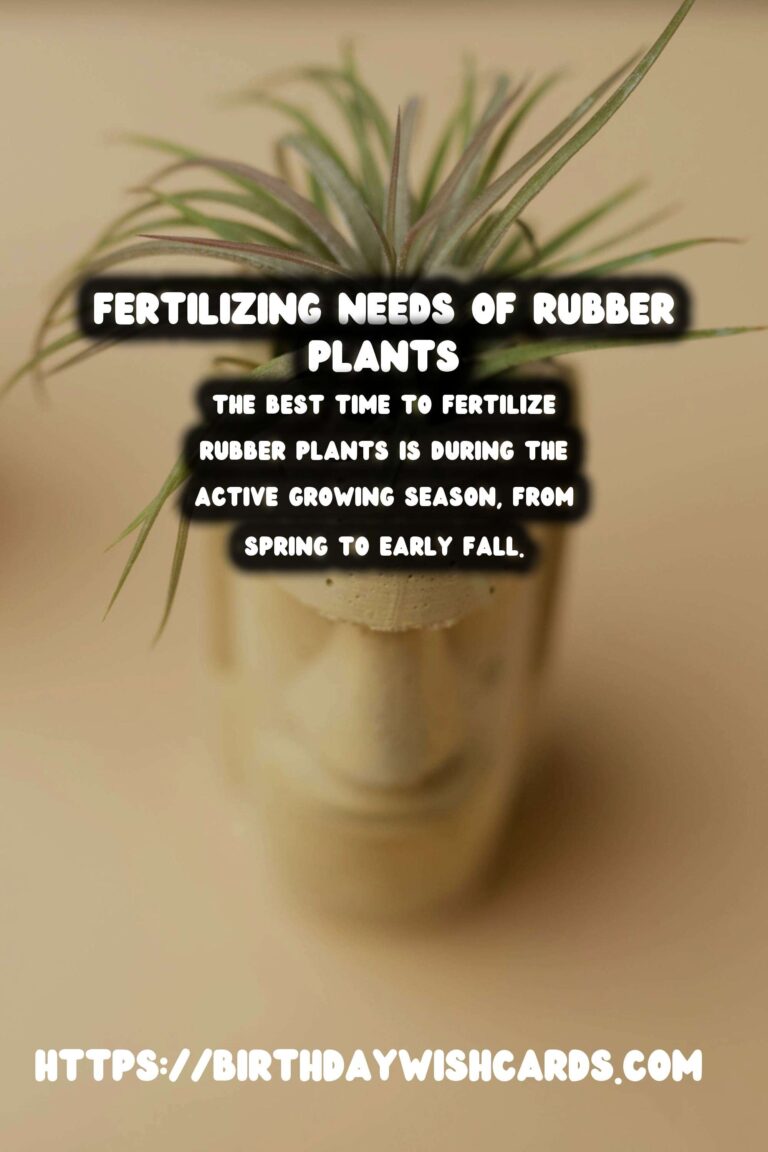
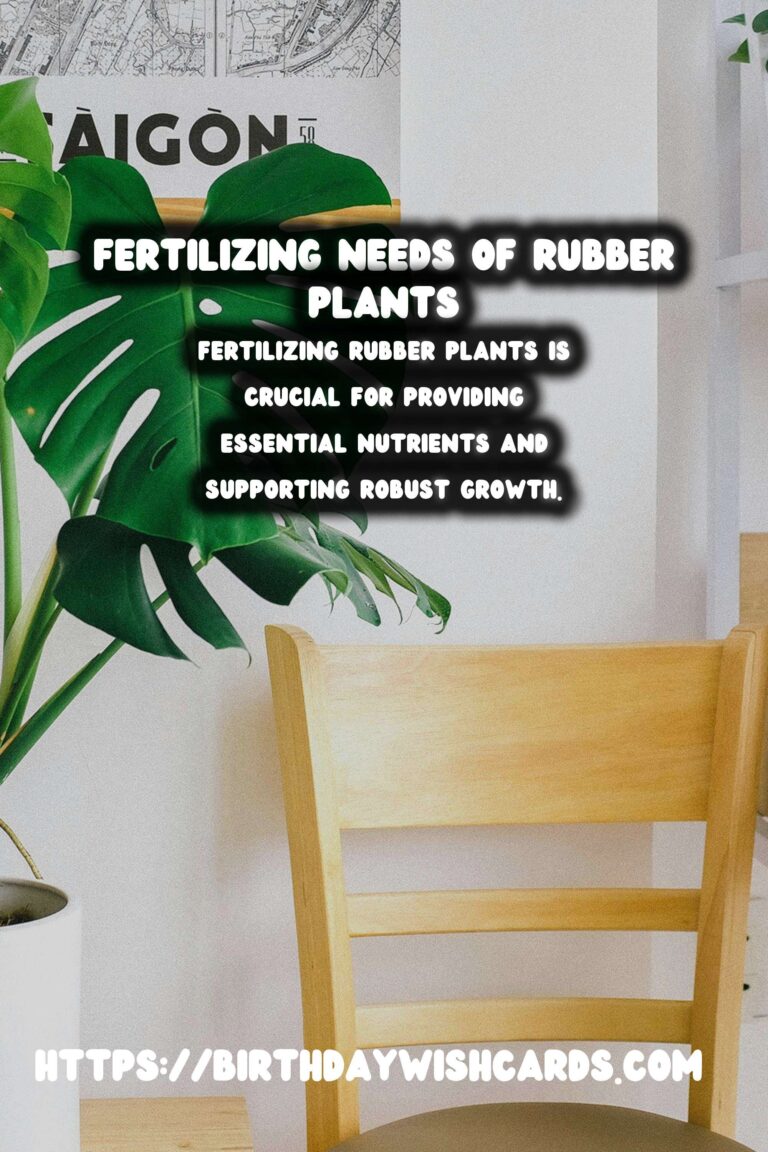
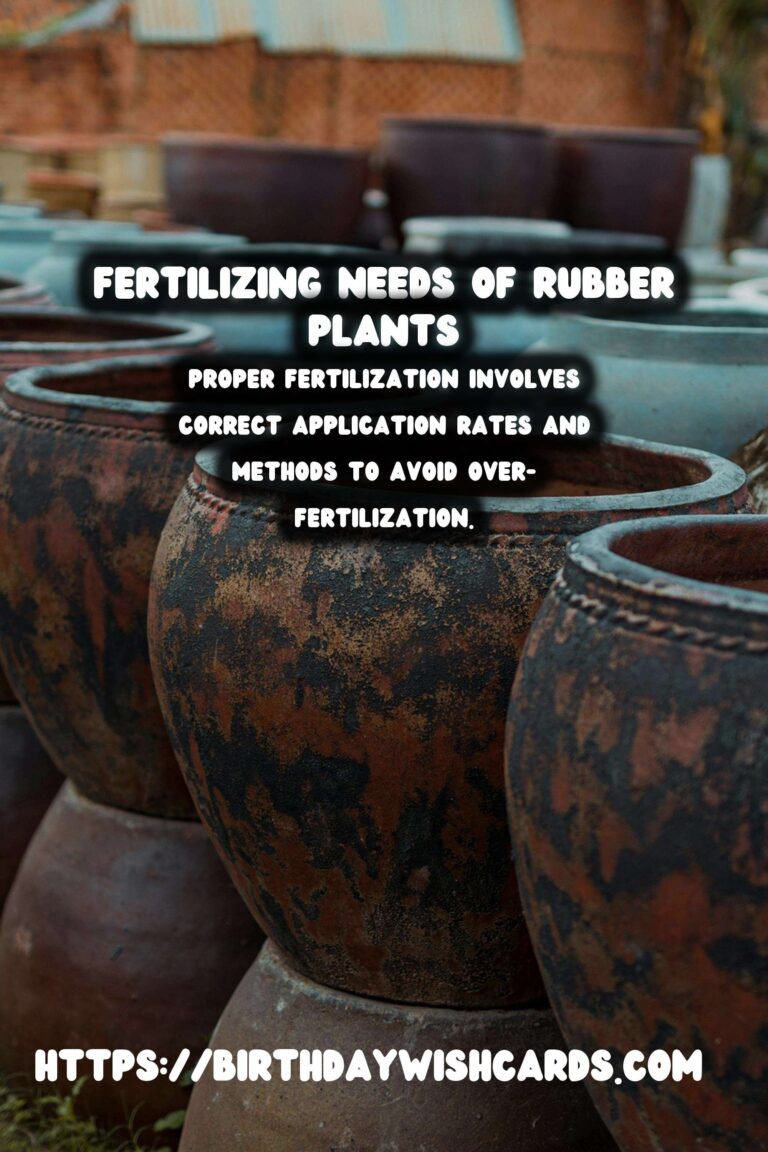
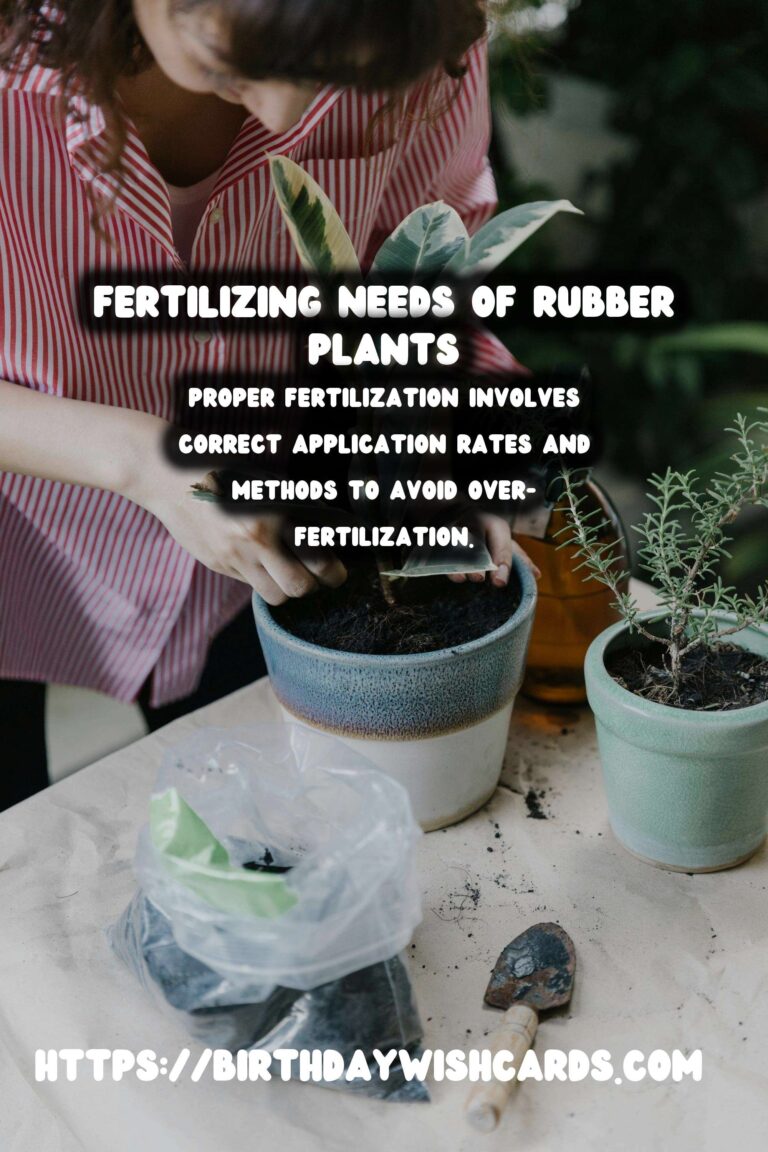
#RubberPlants #PlantCare #FertilizingPlants #IndoorGardening #Houseplants




